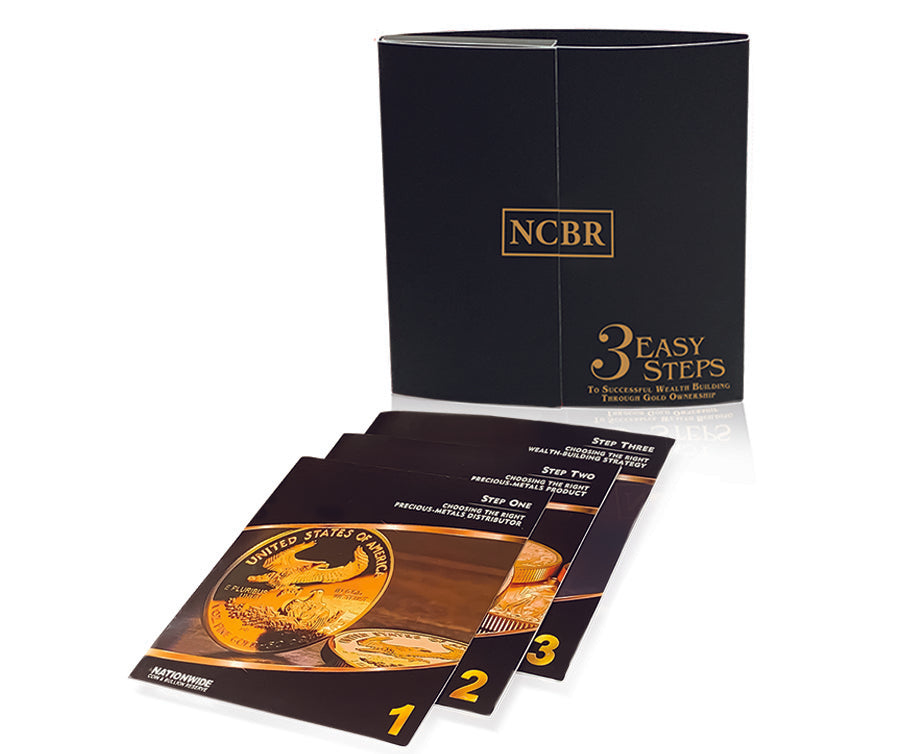After the global financial crisis of 2007-2008 that saw the failure of major commercial and investment banks, including Washington Mutual, Lehman Brothers and Bear Stearns, international bank regulators agreed upon a set of rules designed to strengthen banks and prevent them from collapsing like dominoes. These are known as the Basel III banking regulations, published by the Basel Committee on Banking Supervision. The rules require banks to hold an adequate amount of “high-quality liquid assets” that can easily and quickly be converted into cash, enough to cover net cash outflows during any given 30-day period, including during times of crisis.
Government bonds are classified as “level 1” high-quality liquid assets, but gold is not. That is a mistake, argues the World Gold Council (WGC).
In a new research study, the WGC points out that gold has a highly liquid market that allows it to easily be converted to cash, therefore it should be considered a high-quality liquid asset that can strengthen the balance sheets of commercial and investment banks and help them manage through periods of stress on the financial system.
Recent financial market volatility related to tariff policy uncertainty offers a case in point. Not only was the gold market highly orderly during the period of financial chaos, but its performance compared favorably with that of U.S. Treasury bonds, which are high-quality liquid assets. In fact, during the spring of 2025, the gold price was less volatile than 30-year U.S. bonds. Gold also had a tighter bid-ask spread (the difference between prices at which investors are willing to buy and sell) and higher trading volumes than long-term U.S. Treasury bonds. Moreover, gold maintained its price stability as other assets tumbled.
The WGC concludes that gold, unlike many other assets, is universally respected, “free from credit risk, and accepted across borders, making it uniquely suited to meet the global and stress-tested liquidity standards required for Level 1 classification.”
Real Time Precious Metals Data Below







